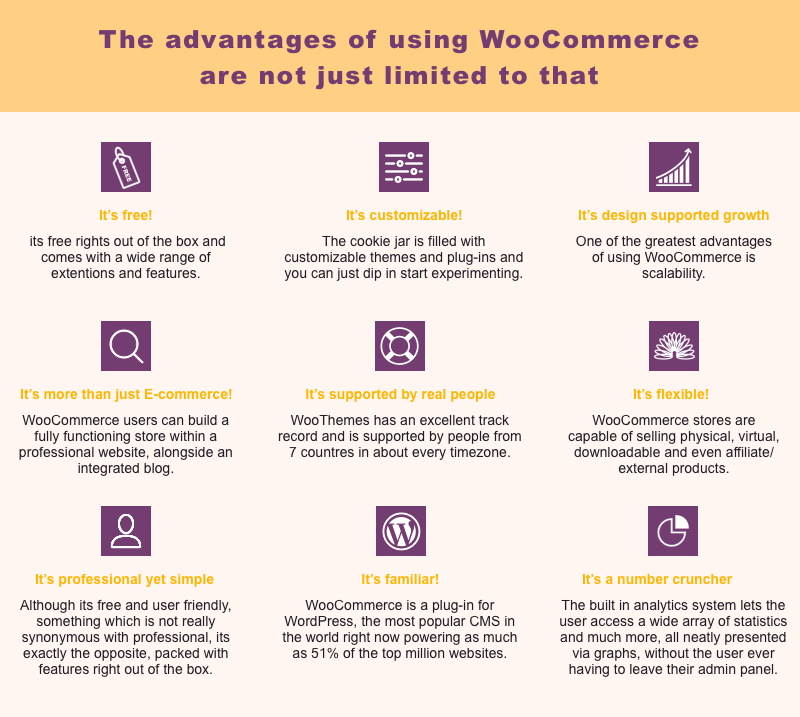How To Make an E-Commerce Website
As the digital age advances, more businesses are turning to e-commerce websites as a way to expand their customer base and increase revenue. Building an online store from scratch may seem like a daunting task, but it doesn’t have to be. This article will provide readers with a comprehensive guide on how to make an e-commerce website.
Choosing an E-commerce Platform
As more businesses transition to e-commerce, it is important for business owners to choose the right platform for their needs. An e-commerce platform provides an easy way to build and manage an online store, allowing you to make sales from anywhere in the world. With a wide range of options available, choosing the best e-commerce platform can be a daunting task.
When selecting an e-commerce platform, it is important to consider your budget, the products you plan on selling, the payment processing services you want to offer and any additional features that may be beneficial. Additionally, business owners should look at how much support is provided by each provider – this could make or break your online store experience. Lastly, determine whether or not the chosen platform has scalability options so that as your business grows so too can your website.
Designing Your Website
Designing Your Website is a critical step in creating an effective e-commerce website. It is important to choose a design that best reflects the values and products of your business, as well as one that will appeal to your target audience. When home website design, it’s important to focus on ease of use for both shoppers and administrators. Consider features such as user-friendly navigation, search engine optimization (SEO), customer reviews, order tracking and payment processing when deciding on a design.
Additionally, make sure to have page load speeds optimized so visitors can quickly find what they’re looking for without having to wait too long. Doing this will ensure you create an attractive website that customers want to visit again and again. When considering design elements look at color schemes, fonts, images and more- all of which should be reflective of the style you want to be associated with your business.
Adding Products and Content
Adding products and content to an e-commerce website is essential for success. Whether it’s a small business, online store or other types of website, content and product information should be added in a timely manner. Product photos, descriptions and pricing should be up-to-date so customers can make informed decisions about what they’re buying from the site.
Creating unique content for each product page helps draw potential customers in and shows off the different features of the items being sold. Additionally, blog posts or informative articles related to the products can help establish trust while providing additional value to people who visit the website. Content management systems provide tools that enable marketers to quickly add new products, manage existing listings and optimize their SEO campaigns all within one platform.
Integrating Payment Systems
Integrating Payment Systems is an essential component of any e-commerce website. Without it, customers wouldn’t be able to purchase goods or services online. In this article, we’ll discuss the steps involved in setting up a payment system for your e-commerce website. We’ll cover topics like choosing a payment gateway, establishing legal agreements and setting up security systems for handling payments.
We’ll also look at methods for processing credit card payments and other forms of payment such as PayPal and Google Wallet. Finally, we’ll look at ways you can use fraud detection tools to ensure customer safety when handling sensitive financial information online. By the end of this article, you should have all the necessary knowledge to successfully integrate a payment system into your e-commerce website.
Promoting Your Website
Promoting your website is the key to getting eyeballs on your products or services and building both brand awareness and customer loyalty. There are numerous ways you can go about promoting your e-commerce site. You may choose to invest in search engine optimization (SEO) so that when potential customers search for related keywords, your site appears as one of the top results in the search engine rankings. Or perhaps you opt for a content marketing strategy, such as blogging regularly or creating informative articles to help drive organic traffic to the website.
Conclusion
Creating an e-commerce website doesn’t have to be a daunting task if you break it down into manageable steps. If your business is ready for the digital world, then it’s time to start building an effective online store that can bring in more customers, increase brand awareness and boost sales. With the right tools and knowledge, you can create a successful e-commerce website that will reap the rewards of increased revenue.
The benefits of having an e-commerce website are numerous; from reducing overhead costs associated with physical stores and offering customers convenience and access to a broader selection of products to providing detailed analytics that allows businesses to better track their performance. Additionally, with automated services such as product recommendations, customer service requests and follow-up emails, maintaining a successful online store is easier than ever.










Thanks for sharing. I read many of your blog posts, cool, your blog is very good.
Very interesting information!Perfect just what I was looking for!Money from blog